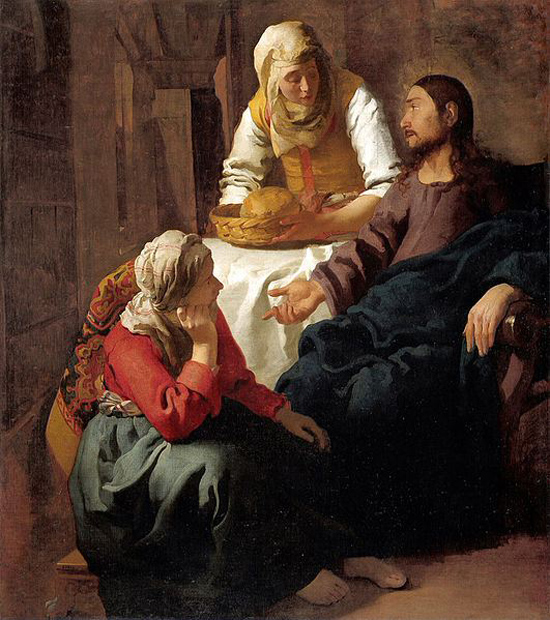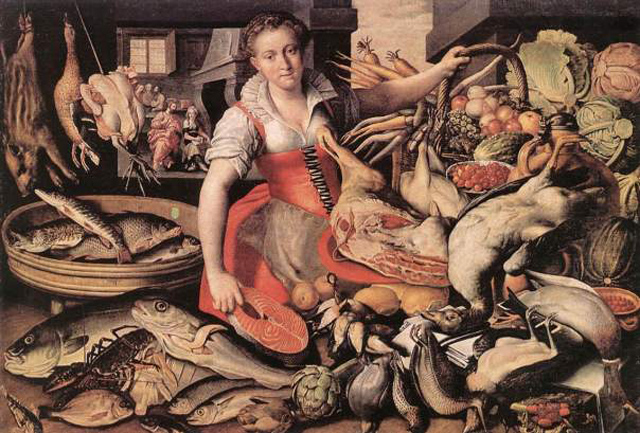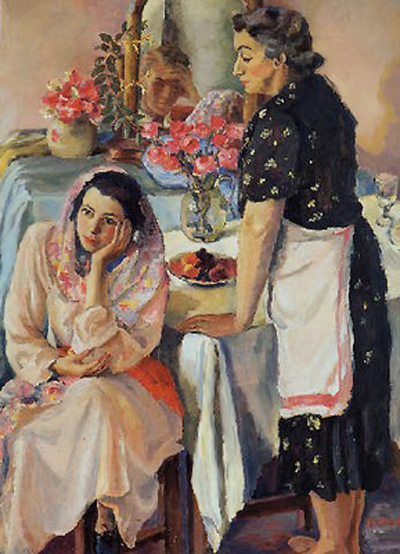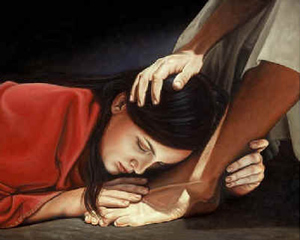It’s Got to Be Carefully Taught
Hospitality is a theme of today’s lectionary texts, most notably the story of how Jesus was welcomed by Mary and Martha and how Sarah and Abraham welcomed the three mystical guests in the desert.
There were rules for hospitality in Bible days. Life was more precarious. Failure to welcome a traveler in the desert was to risk the stranger’s life.
There was a time when our society had a code of etiquette that included hospitality. Although etiquette and hospitality are different, the two become intertwined and so sometimes we think that because we are not impolite that we are hospitable.
Hospitality is an evangelism skill set that needs to be taught and nurtured, especially among our young.
We’ve spent the last generation teaching our children to be wary of strangers and that translates into how they have learned to welcome strangers who enter our churches.
In many cases our young people, now adults, have learned the lesson. Don’t talk to strangers.
Hospitality must be modeled.
Church leaders—clergy, staff, elected representatives—must be trained in hospitality and actively model a welcoming attitude every time the church doors are open and whenever they talk about their church with others. Always end a conversation with an invitation.
I learned this from watching my father who was a career pastor. He’d encounter someone on the street or in a store who might have been absent from church life for a long time.
He’d greet them warmly.
“Hi, George. How are things with you? We missed you at the midweek service last Wednesday (whatever the most recent event had been).”
The response was always the same.
“You missed me on Wednesday? I haven’t been in church for five years.”
“We missed you all the same. I hope we’ll see you next Sunday.”
Hospitality must be taught.
This can easily be done through the vehicle of the children’s sermon. The adults will be listening. Teach the children to introduce themselves and to shake hands with one another, with the congregation, and with visitors.
Many people don’t greet visitors because they don’t know what to say. Teach the children some scripts. They will come in handy for everyone.
Welcome. Is this your first visit to [name your church]?
Are you visiting or do you live near by?
These two questions are enough to get a basic conversation started. Assure people that the answers to these questions will spark the next questions.
What’s your work?
Do you have family in the area?
Is there anything I/we can do for you?
Tell us about your family, church or concerns.
The problem with hospitality is that most churches think they are very welcoming. The sign out front says welcome. The bulletin says welcome. They gave you a seat in a pew. They passed you the peace during the liturgy. That’s enough.
Our Ambassadors have visited 66 local churches. We frequently come and go without a single word.
It’s easy to remember the churches that welcomed us with conversation, with offers of help during the service, or with an invitation. There aren’t that many!





